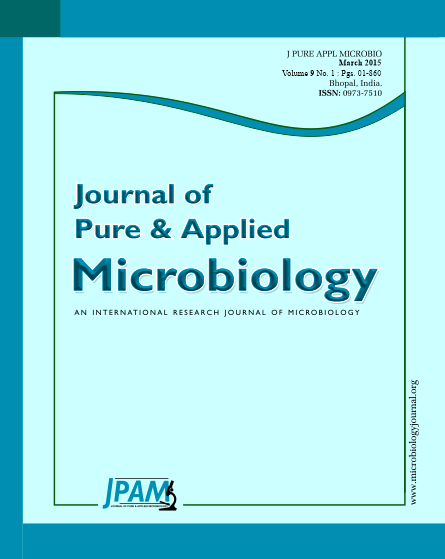The aims of present studies is to document species of diatoms in water bodies of Kumaon Himalayas and the effect of seasonal variations on population and community dynamics of these microscopic photosynthesizers in aquatic ecosystems. Our studies have documented a total of 98 taxa belonging to class Bacillariophyceae Coscinodiscophyceae and Fragilariophyceae. The taxa have been described along with morphotaxonomic status, locality, and collection number and with date of collection. The maximum taxa have been reported from class Bacillariophyceae (19 genera and 69 species) followed by class Fragilariophyceae (4 genera and 10 species) and Coscinodiscophyceae (3 genera and 4 species). During this study it has been observed that some genera of diatoms dominate in winter season while others in summers. Diatoma De Candolle, Sellaphora Mereschkowsky, Rhopalodia Muller, Staurosira Ehrenberg, Gomphonema C.A. Agardh, Cymbella C.A. Agardh, Reimeria Kociolek and Stoermer, Brachysira Kuetzing, Navicula Bory; emend. Cleve, Surirella Turpin, and Fragilaria Lyngbye; Rabenhorst have frequently been found during summers while Cyclotella Kuetzing, Aulacoseira Thwaites, Cocconeis Ehrenberg; Grunow, Epithemia Brebisson, Synedra Ehrenberg, Achnanthes Bory, Gyrosigma Hassall emend. Cleve and Amphora Ehrenberg dominate in winters. The study will help us to understand the diversity of diatoms in the Kumaon region: It will help us to document the magnitude of biodiversity, understand the population and community dynamics and seasonal variation of phytoplankton. The study may also help us to understand the effect of changing environment on aquatic ecosystems.
Bacillariophyceae, Coscinodiscophyceae, Fragilariophyceae, Diatoms, freshwater, Kumaon region
© The Author(s) 2015. Open Access. This article is distributed under the terms of the Creative Commons Attribution 4.0 International License which permits unrestricted use, sharing, distribution, and reproduction in any medium, provided you give appropriate credit to the original author(s) and the source, provide a link to the Creative Commons license, and indicate if changes were made.


